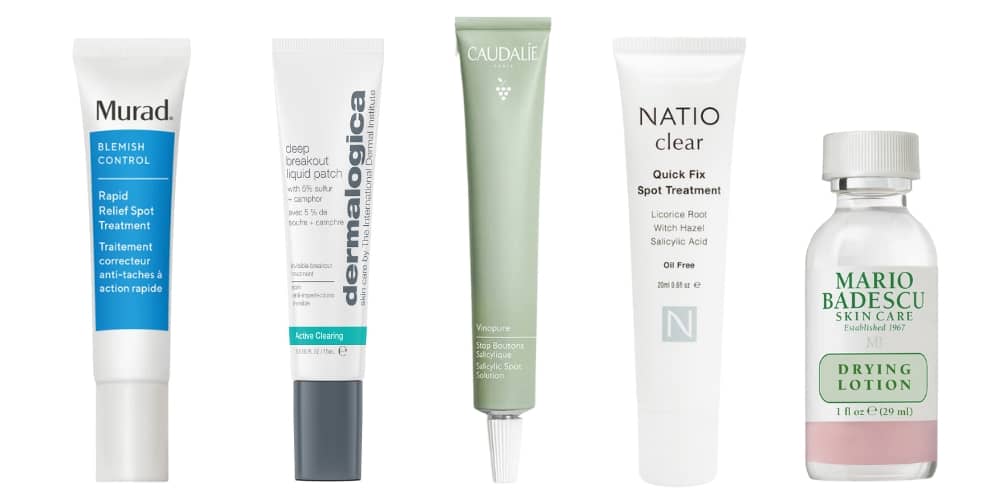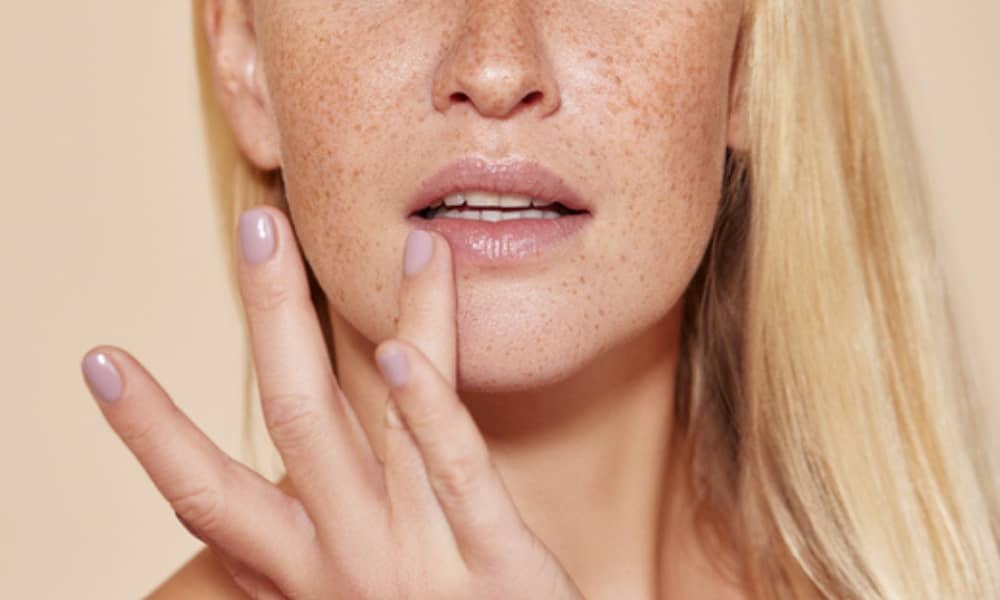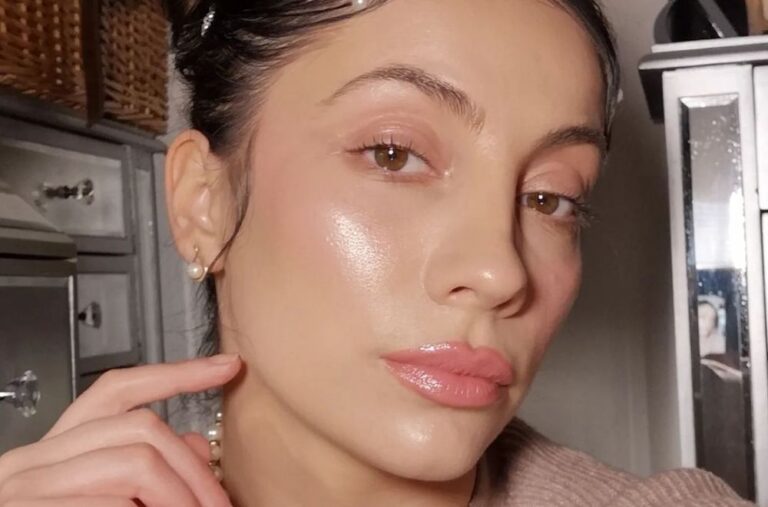Breakouts seem to turn up at the worst of times and wanting it gone immediately is, unfortunately, wishful thinking. However there are some things that can help.
The first thing to know is that you’re certainly not alone. Having the occasional spot is hugely common, and dealing with regular acne, though most commonly seen in teenage years, is also common throughout adulthood. According to one report, adult acne in women has increased 10% worldwide over the past 10 years.
The smaller a pimple is and the closer it is to your skin’s surface, the faster it usually heals. While a simple pimple will likely easily go away on its own, the deep, large, and often painful pimples that stem from hormonal or cystic acne can be much harder to clear up. If you are regularly experiencing these type of breakouts, it’s worth seeing a skin professional or dermatologist that can suggest the right products and approach for your skin.
Take a hands-off approach
Avoid picking, squeezing, or trying to pop a deep pimple, as this can worsen inflammation. Removing the top layer of skin and adding pressure can cause trauma to your skin and damage pore walls, which in turn leads to inflammation, infection, and potentially a scar. It can also mean that annoying pigmentation that lingers on skin following a spot, hangs round longer than necessary.
To help prevent touching the spot or picking at it, try applying a clear pimple patch. These thin, transparent pimple patches can form a physical barrier, protect against further inflammation, help absorb the gunk in pimples that have come to a head and some even deliver further spot-fighting ingredients to skin.
Use a Spot Treatment
Like squeezing, causing further irritation to the area with harsh scrubs or abrasive products can only make things worse.
Instead, apply an over-the-counter spot treatment containing benzoyl peroxide, salicylic acid, or tea tree oil specifically designed for acne. These can help dry out the pimple and modern ingredients go deep into the pore to help address the cause of the pimple.
Five spot treatments to try:

L-R: Murad Rapid Relief Spot Treatment; Dermalogica Deep Breakout Liquid Patch; Caudalie Vinopure Salicylic Spot Solution; Natio Clear Quick Fix Spot Treatment; Mario Badescu Drying Lotion
In the past spot treatments have concentrated on drying the heck out of a spot, which tends to kill off a pimple fairly quickly, for example Mario Badescu’s famous dual-phase drying lotion treatment. However the downside is the dryness can compromise skin leaving it red, flaky and obvious, meaning though you wanted to minimise a spot, you’re left with other problems that take longer to reset.
These days many spot treatments are being formulated with kinder ingredients, aiming to balance the drying side effects while treating the deep cause of the spot, which can be excess oil production and acne-causing bacteria.
Salicylic acid, an anti-inflammatory beta hydroxy acid (BHA) is most commonly used in spot treatments. It helps clear out the pore and regulate oil production underneath the skin’s surface. It also exfoliates, clears away dead skin cells and encourages cell turnover, helping to surface new skin and prevent clogged pores. However, it is generally advised to avoid using salicylic acid during pregnancy, when other options, like Dermalogica’s Deep Breakout Liquid Patch should be sought out.
Tea tree is another common natural ingredient with anti inflammatory and anti microbial properties to reduce acne-causing bacteria within the pores.
Apply warm compress to draw pimple to a head
Use a warm, damp cloth on the affected area for 10-15 minutes a few times a day. This can help reduce inflammation and bring the pimple closer to the surface.
There are mixed schools of through about popping a pimple. In general, skin experts warn against picking and squeezing as it can damage skin and leave long-term scarring behind. If you’re dealing with severe acne – deep, under-the-skin, cystic pimples and nodules – it’s not a good idea to squeeze and it’s best to see your GP or dermatologist. You may require prescription level treatments to improve your acne and prevent permanent scarring. Squeezing deep pimples can also lead to deep skin infection.
However, if your pimple has a white head and you can’t resist the urge to squeeze, try the following:
Make sure you have clean, freshly-washed hands and face. Place your fingers wrapped in clean tissue or gauze, or a use two cotton buds, on either side of the pimple and gently press around, but not on top of the white tip of the pimple.
Apply gentle downward pressure and the contents of the pimple should drain readily onto the tissue or cotton buds. If it doesn’t give, don’t keep squeezing.
If you have a deep, sore cystic pimple applying an ice-pack can help soothe the spot and take out some of the redress. It’s unwise to squeeze these types of pimples.
Maintain good skincare
In the days following, carry out the rest of your routine using a gentle, non-comedogenic cleanser and oil-free moisturiser to keep the area clean without aggravating the pimple.
Try an LED light treatment or mask
To improve post-acne pigmentation, LED light treatment therapy using a red light mask or an in-clinic treatment may help with healing and improve skin tone. Most masks use red light that penetrates deep within skin’s dermis to help stimulate collagen production. Those with additional blue lights are thought to be able to destroy acne causing bacteria to reduce redness, inflammation, and prevent future breakouts, but it’s important to buy a quality product and consider the type of light they emit – beware of cheap imitations that just use red-coloured lights – and what the mask is made of.
Consult a dermatologist
If the deep pimple persists or is causing significant discomfort, consider seeking professional help. A dermatologist can provide treatments like cortisone injections to reduce inflammation or prescribe stronger medications.







